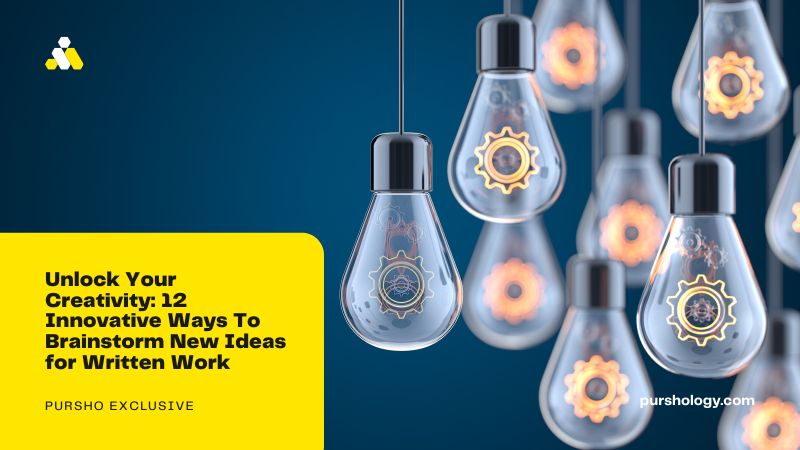Unlocking creativity for written work is essential for anyone looking to take their writing to the next level. Creativity is not just for poets and artists but for all writers who want to engage their readers and make their work stand out.
However, many struggle with unlocking their creativity and find themselves staring at a blank page, unsure of where to begin. This article will explore tips and techniques for unlocking your creativity for written work.
Whether you’re working on a novel, a blog post, or a research paper, these strategies will help you tap into your creativity and bring your writing to life. From brainstorming to exploring new perspectives, there are many ways to unlock your creativity and take your writing to the next level.
Innovative Ways To Unlock Your Creativity
As a writer, one of your biggest challenges is coming up with new ideas for your written work. Developing fresh and innovative ideas that will engage your readers and make your writing stand out can be difficult.
However, with creativity and effective brainstorming techniques, you can unlock your creativity and generate new ideas for your written work. In this article, we will explore 10 innovative ways to brainstorm new ideas for written work.
Mind Mapping
Mind mapping is a brainstorming technique that involves creating a visual map of your ideas. Start by writing your main topic or idea in the center of a piece of paper, then branch out with related ideas and subtopics. Use colors, symbols, and images to make your mind map more visually engaging and memorable.
Random Word Generator
A random word generator can be a great tool for generating new ideas. Use it to generate a random word or phrase, and then use it as a starting point for your brainstorming. Let your mind wander and see where the word takes you.
Collaborative Brainstorming
Collaborative brainstorming involves working with others to generate new ideas. This can be done in person or online. Start by sharing your main topic or idea and then ask others to contribute their own ideas and perspectives.
Freewriting
Think of freewriting like a stream of conciousness exercise where the thoughts can flow, and you can simply see where they take you. Don’t worry about grammar, content, or even if it makes sense! Freewriting can help you generate new ideas and break through mental blocks.
Change Perspectives
Try looking at your topic or idea from a different perspective. For example, if you’re writing about a historical event, try imagining it from the perspective of someone who lived through it or a future historian’s perspective.
Mind Dumping
Mind dumping is a technique where you write down every idea that comes to mind without worrying about whether it’s “good” or “bad.” The goal is to generate as many ideas as possible and refine them later.
Creative Constraints
Creative constraints involve limiting your brainstorming to force yourself to think more creatively. For example, you could set a time limit of five minutes or limit yourself to using only five words in your brainstorming.
Storyboarding
Storyboarding involves creating a visual representation of your ideas, similar to a movie storyboard. Use images, symbols, and text to create a visual narrative of your ideas.
Random Association
Random association involves taking a random word or phrase and then brainstorming ideas that are associated with it. For example, if your random word is “apple,” you could brainstorm ideas about nutrition, orchards, or apple products.
Daydreaming
Sometimes, you get your best ideas while you’re taking a much-needed brain break. Allow yourself some time to daydream and let your mind wander. After all, writing is just a new way to make your dreams a reality!
Object Association
Object association involves choosing a random object and brainstorming ideas that are associated with it. For example, if you choose a pen, you could brainstorm ideas related to writing, communication, or creativity.
Mood Boarding
Mood boarding involves creating a visual collage of images, colors, and textures that evoke a certain mood or feeling. Use this technique to generate ideas for writing that capture a specific emotion or tone. For example, if you’re writing a horror story, create a mood board with dark, eerie images that set the tone for your writing.
Time to Unlock Your Writing Creativity
Brainstorming is a critical component of the writing process, but developing fresh and innovative ideas can be difficult. Using these ten innovative brainstorming techniques, you can unlock your creativity and generate new ideas for your written work.
From mind mapping to daydreaming, there are many ways to approach brainstorming and unlock your creative potential. So don’t be afraid to try something new and see where your ideas take you.




